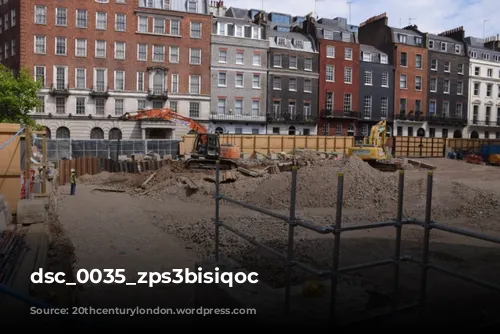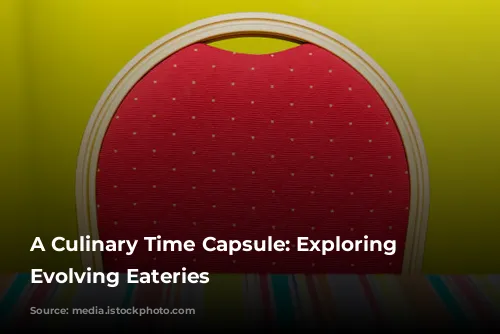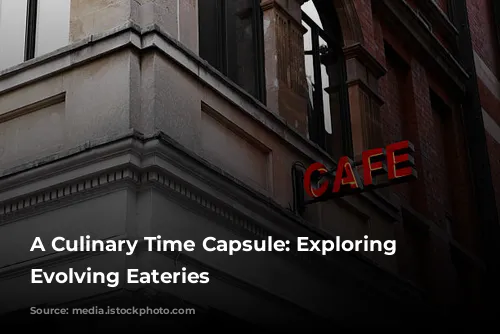This article takes us on a fascinating journey through time, exploring the evolution of London’s dining scene as captured in the pages of “London Night and Day,” a 1954 guidebook. We’ll compare the descriptions of these bygone eateries with their present-day counterparts, revealing how much London’s food landscape has changed and, in some cases, remarkably stayed the same.
From Pimms to Brothels: A Soho Saga
The author of “London Night and Day” chose to focus on mid-market eateries rather than the grand chain restaurants or high-society hotels that would have been familiar to his readers. This approach offers a glimpse into the everyday dining experiences of ordinary Londoners in the 1950s.
One such establishment was No. 3 Poultry, the birthplace of the iconic Pimms cocktail. Sadly, this historic spot has vanished, leaving only memories of its unique atmosphere and the celebrated drink it gave birth to. The author playfully suggests renaming the street after its most famous product, hinting at the cultural impact of this beloved beverage.
Another establishment, 61 Dean Street, had a more intriguing history. Once a brothel, its past is hinted at in the author’s wry observation about the “dubious comings and goings.” While he doesn’t delve into the details, he acknowledges the building’s fascinating past, leaving the reader to ponder the transformations it has undergone over the years.
Fish & Chips, Burgers, and Spaghetti: A Feast of Variety
The author’s exploration of London’s dining scene reveals a diverse and vibrant culinary landscape. In the 1950s, one could find a “Hamburger” joint that also served a range of seafood dishes (which later became known as Manzi’s fish restaurant), a fish and chip shop, and spaghetti houses like Sirena, with its “à la Bolognese” offerings.
These descriptions paint a vivid picture of a time when diverse flavors were readily available to Londoners, reflecting the city’s cosmopolitan character. The author’s attention to detail captures the essence of these establishments, from the “pink tile tabletops” and “check table cloths” to the “Balkan waiters” and “silver monster” coffee machines.
The Enduring Appeal of Classic Establishments
Despite the passage of time, some establishments have maintained their enduring appeal, albeit with a twist. Bertie’s House, a “salon de thé” with its distinctive “pink and gilt mirrors”, continues to operate, albeit with a more modern interior. While the original proprietors are gone, the building itself remains a familiar sight in Soho.
Other locations have experienced a complete transformation. The Swiss patisserie once occupied by Georges and his son is now a “Mexican restaurant cunningly disguised to look like a sex shop.” This surprising shift highlights the fluid nature of London’s social and commercial landscape, where businesses come and go, leaving behind a legacy of transformation and reinvention.
A Glimpse into the Past: A Farewell to London’s Culinary Legacy
The author’s observations reveal that London’s food scene is in constant flux, reflecting the city’s ever-changing social and cultural landscape. While some establishments have retained their historical significance, others have disappeared, leaving behind only memories and traces of their former selves.
As we conclude our journey through “London Night and Day,” we are left with a sense of nostalgia for the city’s culinary history, and a sense of wonder about how the future will shape its dining landscape. The author’s words offer a valuable glimpse into a bygone era, reminding us that while London’s culinary scene is constantly evolving, its history continues to inform and shape the city’s present and future.



